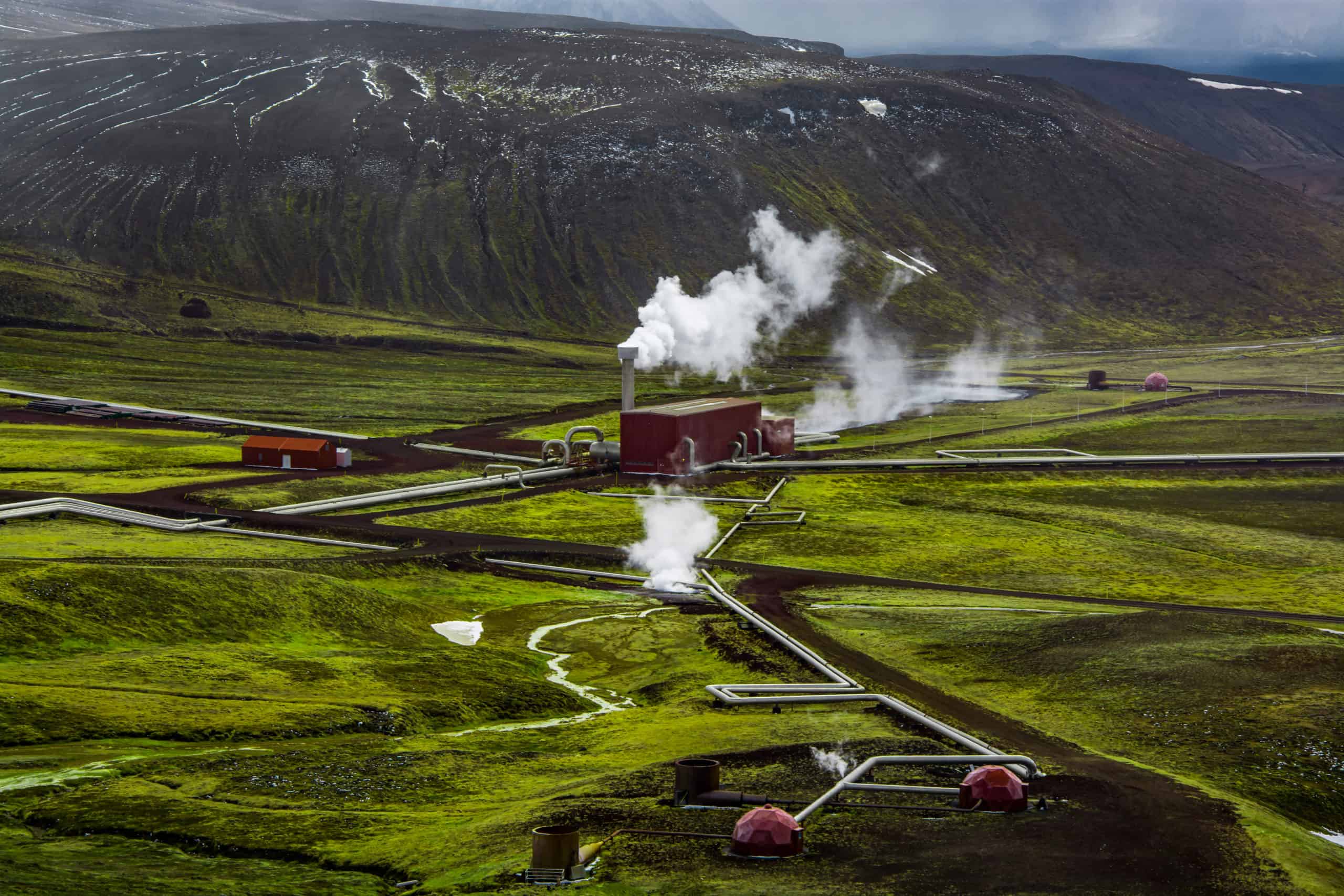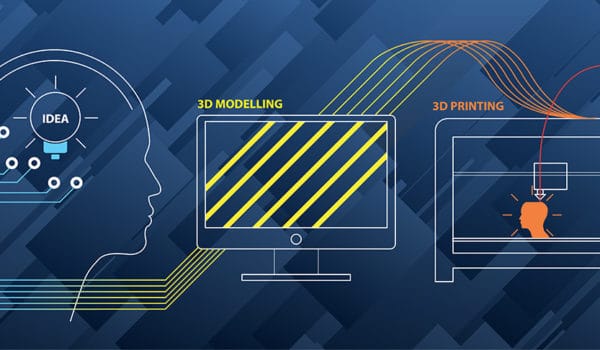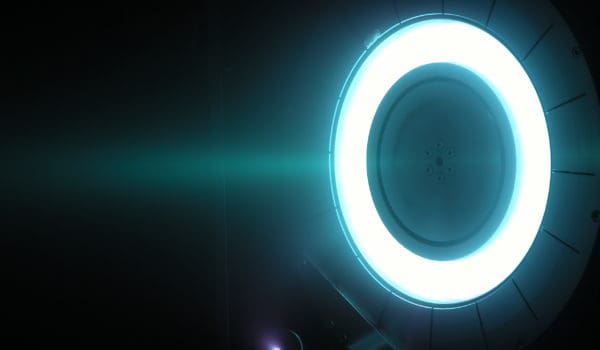What is geothermal energy?
The Earth’s molten core, some 4,000 miles below the surface, is roughly as hot as the sun’s surface, at around 6,000°C (10,800°F). This is why the geothermal energy sector refers to it as “the sun beneath our feet.” The heat is constantly replenished by the decay of naturally occurring radioactive elements at a flow rate of approximately 30 terawatts, which is nearly double all human energy usage. This process is estimated to last billions of years. According to the report, “only 0.1 percent of Earth’s heat content could provide humanity’s whole energy demands for 2 million years.” Just a few miles beneath the Earth’s crust, there is enough energy to power all of human civilization for millennia to come. We only need to tap into it. However, accessing it proves to be difficult. The simplest way to do so is to use the heat directly where it breaches the surface, such as in hot springs, geysers, and fumaroles (steam vents near volcanic activity). The warm water can be utilized for bathing or washing, and the heat can be used to cook. Using geothermal energy in this manner has been practiced from the earliest people, at least since the Middle Paleolithic. Slightly more advanced is the use of naturally occurring geothermal heat reservoirs near to the surface to heat buildings. The technology for reaching deep geothermal is rapidly evolving these days. Let’s look at its fundamental shapes, from traditional to experimental. Geothermal energy is employed for a wide range of purposes once it reaches the surface, owing to the numerous applications for heat. Depending on how hot the resource is, it can be used by a variety of sectors. Almost any level of heat can be directly used to power fisheries or greenhouses, dry cement, or produce hydrogen. Higher minimum heat is required to generate electricity. To run a turbine, the older generation of geothermal power plants drew steam straight from the earth or ‘flashed’ fluids from the ground into steam. All of the water and air pollution connected with first-generation geothermal projects was caused by flash plants, which boil subsurface water and off-gas everything in it, including some unpleasant toxins. The heat of at least 200°C is required for flash plants. The newest, ‘binary’ plants transport fluids from the earth through a heat exchanger and then use the heat to flash steam (which means the subsurface water isn’t boiled directly and no air or water pollution occurs). Binary plants can generate power at temperatures as high as 100°C.
Conventional Hydrothermal Resources
Water or steam heated by Earth’s core rises through relatively permeable rock, full of fissures and cracks, in a few select regions (think parts of Iceland or California), only to become imprisoned behind an impermeable caprock. These massive stores of pressurized hot water frequently manifest themselves on the surface as fumaroles or hot springs. After locating a reservoir, exploratory wells are drilled until a suitable location for production well can be found. Depending on the field, the hot water that rises through that well can range from just above ambient temperature to 370°C, to get into temperatures hotter than that requires going deeper; more on that later. After the heat has been extracted, the fluids are cooled and reintroduced to the field via an injection well to maintain pressure. Almost all conventional geothermal projects, including the majority of those already in operation, make use of high-quality hydrothermal resources. One issue with hydrothermal reservoirs is that their visible manifestations — hot springs and fumaroles — are still the only reliable way to identify them; exploring and characterizing new areas is costly and uncertain. Another issue is that they are geographically concentrated. After the heat has been extracted, the fluids are cooled and reintroduced to the field via an injection well to maintain pressure.
Enhanced Geothermal Systems (EGS)
Conventional geothermal systems are restricted to specialized regions where heat, water, and porosity all coincide. However, those regions are limited. But there’s a lot of heat stored in all that typical, solid, nonporous rock. To be clear, the distinction between a conventional hydrothermal resource and an EGS resource is not sharp. Wet/porous and dry/solid have various gradations and variations. Simply put, as the resource depth increases and the rock becomes hotter and less porous, so does the engineering difficulty of reaching it. The primary notion has always been that EGS would begin in existing hydrothermal reservoirs with well-characterized fields. Then, as it learned, improved its technique, and reduced prices, it would expand from “in field” resources to “near field” resources – solid rock nearby to reservoirs at comparable depths. It would eventually be able to venture further into new fields and deeper into hotter rock. In theory, EGS might one day be found practically anyplace on the planet. Super-hot-rock geothermal. EGS’s far horizon includes ‘super hot rock’ geothermal, which aims to tap into incredibly deep, extremely hot rock. At extraordinarily high temperatures, geothermal performance not only rises but leaps. When the water reaches 373°C and 220 bar of pressure, it enters a new phase that is neither liquid nor gas. There are two crucial aspects of supercritical water for our purposes. First, its enthalpy is substantially larger than that of water or steam, implying that it retains 4 to 10 times more energy per unit mass. Second, it is so hot that it nearly doubles the Carnot efficiency of electrical conversion.
Advanced Geothermal Systems (AGS)
AGS is a new generation of ‘closed loop’ systems that do not introduce or remove fluids from the Earth; there is no fracking. Instead, fluids circulate beneath in sealed pipes and boreholes, absorbing heat by conduction and transporting it to the surface, where it can be used for a customizable combination of heat and electricity. Closed-loop geothermal systems have been around for decades, but a few startups have recently amped them up with technologies from the oil and gas industry.
The main issue with renewable energy is that its primary sources, wind and solar, are variable. Whereas coal and gas power plants are ‘dispatchable’ that is, they can be turned on and off on demand, wind, and solar come and go with the wind and sun. Creating an electricity system based on wind and solar requires filling in the gaps, and identifying sources, technologies, and practices that can step in when wind and solar fail (say, at night). And the power infrastructure must be exceedingly secure and resilient, because decarbonizing entails electrifying everything, including transportation and heating, which will significantly increase total electricity demand.
Photo: Daniel Turbasa/Shutterstock
You might also like:
Support us!
All your donations will be used to pay the magazine’s journalists and to support the ongoing costs of maintaining the site.
Share this post
Interested in co-operating with us?
We are open to co-operation from writers and businesses alike. You can reach us on our email at [email protected]/[email protected] and we will get back to you as quick as we can.










